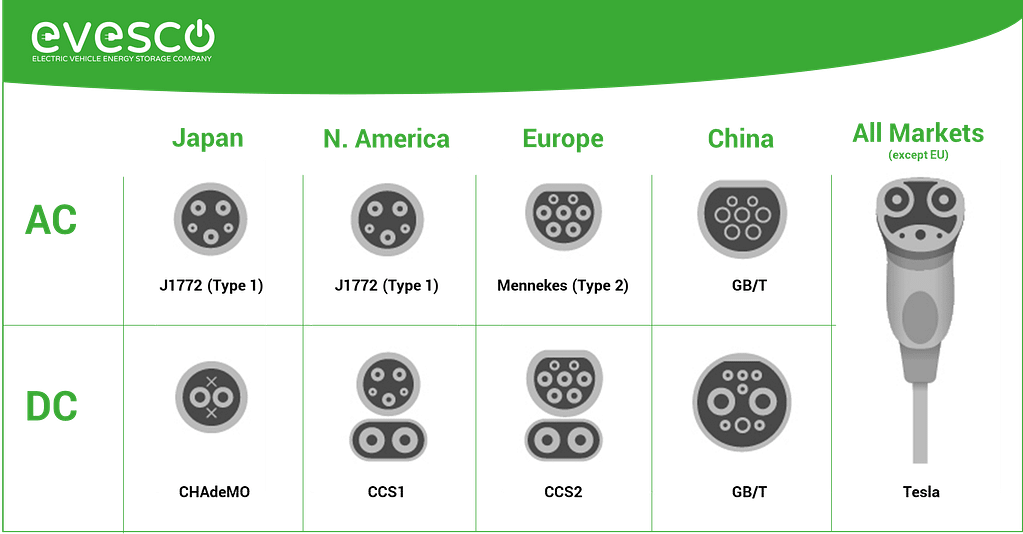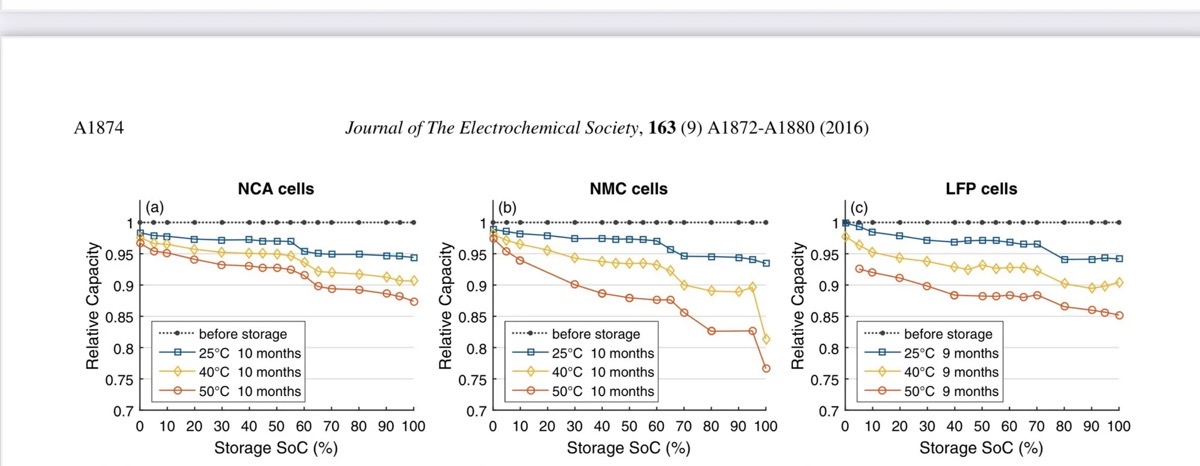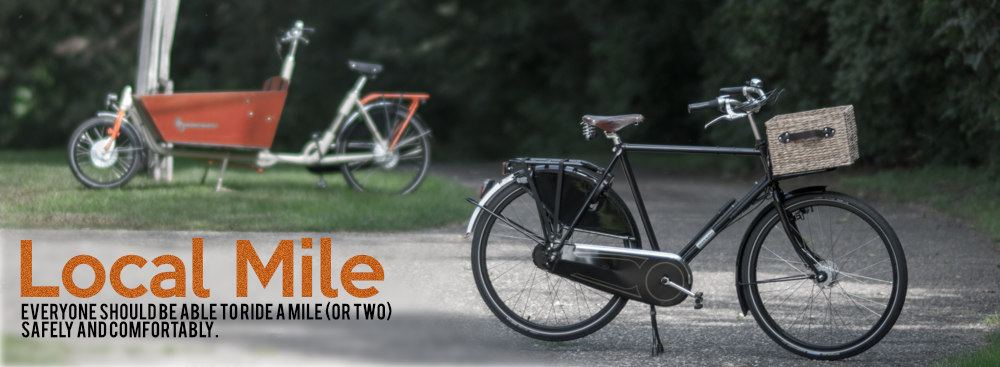In summer 2024 I replaced my older 2010 truck with a slightly used (2023, 14 months old, 11,000 miles) Ford F-150 Lightning BEV. It’s a base model XLT SR (standard range). I have a 2014 Model S P85DL that’s been my primary vehicle for 14 years. My wife has had a Model Y for 2 years.
Overall I like the truck. This is purely a utility truck for hauling stuff and pulling trailers so not my daily driver nor used for trips and thus far it’s done what I need it to do.
I do wish it had a longer bed and shorter cab, hopefully that will become available in the coming years. A pass-thru (and ideally frunk through to bed) for longer stuff would be welcomed.
My biggest gripes so far are the lack of walkup unlock / walkaway lock, no tailgate step and the Ford app that is antiquated and unreliable.
Ford infantilizes their customers in a number of ways. I can run the climate remotely on our Tesla’s as long as I want. Ford allows it to run for only 2 15-minute sessions and then won’t allow using it again until the truck has been driven. The most frequent message I get from Ford is “Too many remote climate requests. Drive vehicle to reset”. E.G., if I want to pre-heat the cab I get to trudge through cold and snow to do it manually. 🙁
Things that every vehicle we’ve had for the past ≈10-15 years includes, including my wife’s $34k Model Y base, but my 2023 F-150 does not:
- Walkup/Walkaway lock/unlock
- Lighted vanity mirrors
- Lighted glove box
- Rain sensing wipers
- Heated steering wheel
- Car Wash Mode
- Sentry Mode
- Dog Mode / Camping Mode
- Display current speed limit
- Auto parking brake when shifting to Park.
- Charge port auto close.
This is basic stuff that every vehicle should have. I really hate the nickel and dime package / trim game that Ford and their dealers play.
Following are a few quick bullet points of things I’ve learned about the Lightning (and about BEV’s after over a decade of driving them).

These are things that have come in handy for me.
Normal Stuff:
- First aid / trauma kit
- Flashlights (and charger if applicable)
- Ratchet straps, bungees, rope, carabiners, shackles, rings, etc.
- Tools box under seat (various pliers, screwdrivers, hammer, tape, etc.)
- Hitch receiver + ball
- Shackle Receiver
- Trailer electrical extensions (7-wire & 4-wire)
- Leather gloves
- Coveralls
Pseudo Normal Stuff:
- Fire Extinguisher
- Blankets
- Heated blankets
- Non perishable snack bars
Especially For Lightning (or other BEV’s):
- L1 Charger – Allows you to plug in to a variety of standard outlets such as a regular 120v wall outlet.
- L2 NACS adapter – This allows you to charge from a Tesla destination charger.
- L3 NACS adapter – Allows you to charge from a Tesla Supercharger. This and the L2 adapter are not interchangeable.
- 10mm wrench (for when you need to disconnect the 12v battery to do a reboot).
- 12v charger (for when your 12v battery dies without warning and you can’t start your truck).
Many people experience problems with Ford’s computers/software that can be fixed only with a hard boot by disconnecting the 12v battery (behind the marked panel in the frunk) using a 10mm wrench for a minute and then reconnecting. PITA, but welcome to Ford Life.
Similarly, the 12v batteries in Ford EV’s die without warning far too frequently. The good news is that in most cases you can connect a charger (such as a Ctek) for a few minutes which will allow you to start the truck and then drive to a dealer for a warranty battery replacement.
Other Tips:
Tonneau Cover – A good bed cover is a wonderful thing for most people. Ideally it should be lockable.
Rain-X on Lenses – Helps keep camera lenses clear. This is especially important for the rear facing cameras that are not well protected.
A nickel for the center console – The spring for this is extremely weak. A nickel (or quarter for big spenders) is a cheap fix.
Short Antenna – To avoid a broken antenna in car washes. Almost any short antenna that fits an F-150 should work. Mine was $8 from EcoAuto.

Are hit or miss, mostly miss in my and others experiences. Overall, even in 2024, their knowledge of EV’s is quite deplorable. This applies to sales, service and management. Some is ignorance and some is outright lying.
You need to do your own research and learn about the vehicle and EV’s yourself.
The only Ford dealer in or near the Twin Cities that I found to be somewhat knowledgable and honest was Morries in Minnetonka.
Dealer Games – The games that dealers play during both the purchase process and service is more than a little frustrating. Sales games are with juggling incentives, option packages and trim levels. They want to make it difficult to compare.
Tesla (and Rivian and increasingly others) is much more straightforward. The price is the price. Nearly all options are included in every vehicle – no option/package/trim games. It’s sad that the first thing most Ford buyers do is purchase an OBD analyzer and use it to turn on a gob of ‘options’. It costs more to maintain the options game than to just include them all on every vehicle in the first place.
With Tesla and Hyundai the lease makes up for loss of Federal Tax Credit. If only Tesla or Rivian had a good basic work truck.
Buying Tips – Study up on the various incentives and option packages. There are a bewildering number of each and a lot of rules about how they combine.
Be careful what you assume it includes. I was very surprised that mine did not include; walkup/walkaway unlock/lock, vanity mirror lights, heated steering wheel, rear step. These have been standard on every vehicle we’ve bought over the past 15-20 years but require purchase of factory option packages from Ford.

There are two (well, kind of 3) different plugs you are likely to see in North America; J1772/CCS and NACS. A CCS plug is simply a J1772 with extra pins for faster DC charging. Plugs such as CHAdeMO and Mennekes are extremely rare in North America but there are a few around.

- NACS – Developed by Tesla. These work for L1, L2 and L3 level charging including AC and DC. The car and charger automatically negotiate so these are simple and reliable plug & charge.
- J1772 – Work with L1 and L2 AC charging.
- CCS – Work with L3 DC (faster) charging.
Adapters are available that will in many cases allow one to be used with the other, but there are some caveats.
- NACS > J1772 will work with most L2 Tesla chargers including home and destination chargers. I’ve never had any difficulty with any of these though I’ve heard that some destination chargers are limited to Tesla only.
- NACS > CCS will work with some/most Tesla Superchargers (see below for more).
Note: NACS > J1772 is not the same as NACS > CCS so you need to carry both. This is because J1772 and CCS cannot interpret themselves from each other and cannot negotiate with the charger so need the adapter to do this for them.
3rd party adapters from both A2Z and Lectron have generally proven reliable.
To disconnect, some adapters must be pressed together, latch pressed down, and then pulled apart while still pressing down on the latch.
Flip The Lid – The DC pins for CCS have a cover over them. This needs to be flipped down for using a CCS connector for DC Fast Charging.
Future – All major vehicle manufacturers have stated that they are adopting the Tesla NACS standard in North America and are beginning to include these on their vehicles in place of J1772/CCS. Many, such as Hyundai, Mercedes and BMW, appear to be introducing them to their cars in 2025 while others will likely not until 2026. It sounds like Ford will include a NACS port with all 2026 models introduced in 2025 though there’s a rumor that they will make a mid-year shift to NACS for some 2025 models.
So J1772/CCS will eventually go away and life will be much simpler. Chargers, from charging networks as well as individual, will increasingly be NACS and very likely about 100% will be by 2030.
More: EV Charging Connector Types.
More: Electric Car Charging: The Basics.

PlugShare – Is an invaluable app for finding chargers and has been the app of choice for several years. There are others though.
A Better Routeplanner – A newer app for finding chargers.
—-
AC Outlet (120v & 240v) – Also called L1. Use the plug-in charger that came with the vehicle. Slow, but for some (many in Europe) this is sufficient. At our snow bird home (Jan – Mar) we charge with a simple 120v outlet and that’s been fine.
L2 (J1772) & L3 (CCS) – Most non-Tesla chargers in North America today have J1772 or CCS plugs. This includes nearly all ChargePoint, EVGo, Electrify America and other networks. Some require an account with the charger network while others, such as those sponsored by a retailer, may not. These can plug in to any current Lightning with no adapter necessary.
Tesla Destination Charger – These use a NACS connector so you’ll usually need an L2 NACS to J1772 adapter though a few destination chargers with MagicDock have the adapter built in. Most of these seem to not require a Tesla account though some do.
Tesla Supercharger – These use a NACS connector so you’ll usually need an L3 NACS to CCS adapter though an increasing number are MagicDock and have the adapter built in. Note that this adapter is different and not interchangeable with the L2 adapter so you should carry both. You’ll need to download the Tesla app to your phone and create an account prior to use.
Note that not all Tesla Superchargers allow non-Tesla’s to use them. Only newer generation chargers support non-Tesla vehicles. Also, during peak periods Tesla will limit charging to Tesla vehicles only (this is stated as temporary until the network is built out enough that it is no longer necessary).
Here is my understanding of best practices for charging to maintain good battery health and range. Hopefully this is helpful.
Degradation happens slowly over time. Typical loss is about 1-5% per year.
Note: Ford says that routine charging to 90% or 100% is fine. That is for marketing. In reality you want to charge to a lower SOC whenever possible.
I am not an expert on batteries, though I may sometimes know a bit about physics (but I really don’t like chemistry and batteries are chemistry so take that FWIW), a friend of mine has spent several decades doing leading research on Li-ion batteries, and my wife and I have been driving BEV’s for over a decade (currently S, Y, and Lightning).
There are two primary Li-ion battery chemistries:
- NMC – Used in most BEV’s, I think including all pre-2025 Lightnings.
- LFP – Less expensive than NMC but also lower density so results in heavier vehicle per kWh. Appears to be less prone to degradation than NMC but can still see significant degradation, particularly if kept at a high SOC. It’s more important with LFP to occasionally (once / month?) charge to 100% to re-calibrate. I believe used in some 2025 Lightnings.
Charging Tips
In likely order of importance for battery health;
Never Go To 0% – Period. Actually, never going below 5% according to the vehicle BMS is a good practice.
State Of Charge (SOC) – Li-ion batteries (NMC & LFP) are happiest when they are at ≈ 50% SOC*. The more time the battery spends above 50% the more degradation that you’ll see. So sitting 100 hrs @ 80% (according to vehicle BMS) causes more degradation than 100 hrs @ 70% that causes more than 100 hrs @ 60%. It doesn’t appear to be a linear curve so 100 hrs @ 100% appears to cause ≈3x as much degradation as sitting 100 hrs @ 80%.
NMC take a significant hit to their health above about 60-70% SOC so staying below that whenever possible is good practice.
Routinely charging to 90% or 100% and using to 70% or 50% will degrade the batteries faster. It’s much better to charge to 70% and use it to 10%.
- 100% SOC (according to BMS) for 1 month appears to cause 3-6% permanent degradation in range. That’s a lot.
- 90% SOC for 1 month appears to cause 2-3% degradation. That’s still a lot.
Temperature – Li-ion batteries are happiest at 20-30°c ambient air temperature (if we’re happy, our batteries are happy). At these temps the BMS is able to properly manage the battery temperature. Sitting at higher temperatures causes faster permanent degradation. Lower temps does not appear to cause permanent degradation but does negatively impact performance.
Charging Speed – At lower SOC (< 60%?) this is likely negligible. At higher SOC this does appear to cause more degradation than lower speed (L1/L2) charging. Most auto BMS’ appear to do a good job (and improving over time) of managing this. So best to stick to L1/L2 when possible but there’s probably no need to avoid DCFC when needed, especially if SOC can be kept less than 70-80%.
Note: Ford includes what is sometimes referred to as a boost during the first bit of each charging session and appear to do this regardless of the beginning SOC. This is likely not a problem when beginning SOC is below 50-60% but will likely cause faster degradation when done at a higher beginning SOC. Due to this it’s probably best to try to avoid using a DCFC charger if beginning SOC is above 50%.
Charge Cycles (NMC) – The number of cycles appears to have no real effect on battery health. The amplitude (SOC) does. A million cycles of charging to 55% and using to 45% will likely have little to no measurable effect on battery health while 50 cycles of charging to 90% will cause noticeable degradation.
Charge Cycles (LFP) – LFP appears to maintain health best when charged to a higher SOC and then used to a low SOC and then charged again. For frequent charging a SOC of 80% might be best and then charging to 100% once per month to recalibrate the BMS.
This gives an idea of degradation based on SOC/time/temp

Anecdotal Example. I’ve had my current Model S since 2014. In that time, with 4,702 charge cycles, the majority to 68%, it’s lost less than ≈5% range. This includes a number of cross country trips and I think 105 supercharges. Supercharges were to a lower SOC, often 80-90%, when higher wasn’t needed.
How important is this? Somewhat and we kind of don’t know. We do know that keeping batteries at high SOC (90-100% according to the car’s BMS) will cause quick and significant degradation and should be avoided whenever possible.
We don’t really know how much difference there is as we go lower, between 60% and 80% for instance, in various scenarios. It’s likely marginal but I think it’s still best to stick to a lower SOC if possible. My driving habits allow me to keep my Model S at 62% and only charge above that a few times per year.
I’ll likely keep my Lightning at 60% and only charge higher when I know I’ll need it which for me will be infrequent as most of my use is shorter local errands.
My wife charges her Y to 85% every night because she somewhat frequently needs the range unexpectedly.
Charge Rates – Vary for a number of reasons. The higher the SOC the lower the rate. Colder batteries have to be charged slower until they warm up. Many chargers are not installed to deliver what’s on the label (label may say 60amps but breaker and wiring are only good for 40a), Many multi charger stations, like Tesla Superchargers, are shared so the more people charging at once, the less each person gets.
Two Good Resources:
* For the truly anal, using 0 to whatever may be best but that’s difficult to manage in real world use and likely provides only very marginal benefit. There’s also an argument for cheating towards lower SOC like 2:1 – for every 1% above 50%, use 2% below.
Note: EV batteries have high and low buffers. For example, the vehicle’s BMS shows you about the middle 90% of the battery. So when it says that it’s charged to 100%, the batteries are actually charged to about 95%. And likewise, 0% BMS is about 5% of the actual battery. This is to protect the batteries. Note that all %’s above are based on BMS, not the actual battery.
A SR Lightning with ’98kWh battery’ is actually a 112kWh battery but useable is 98kWh. The ER is a 143.4kWh battery with 131kWh useable.
Battery degradation follows a curve of very quickly decreasing and then increases over time, it’s exponential. For example, each hour at 80% SOC causes a bit more damage than the previous hour at 80% SOC. Most people see very little loss of range over the first year or three but then if they’ve not been careful will suddenly see much greater loss beyond that.
It’s not unusual to see significant decrease over the first month or two and then near zero for a while before it begins to increase.

